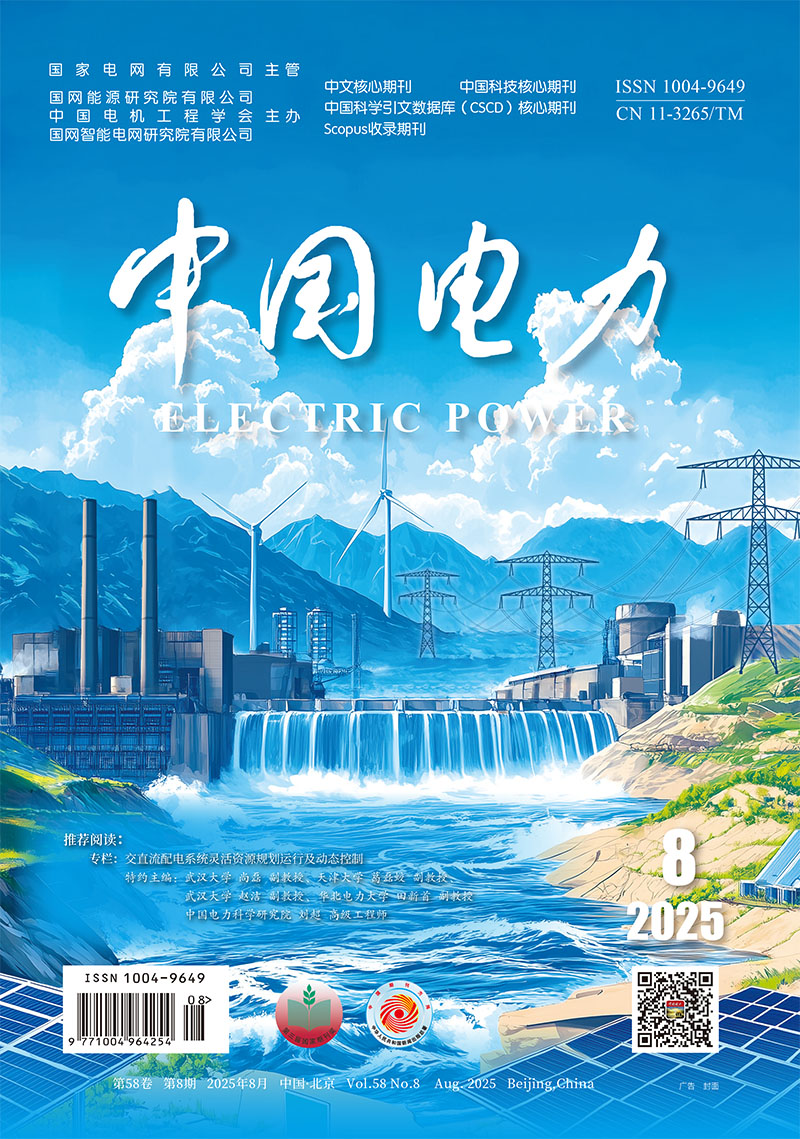With the introduction of such policies as "carbon neutrality" and "carbon peak", the dispatch optimization of new energy and heterogeneous energy has become the main measure to reduce carbon emissions. As the home integrated energy system accounts for a large proportion on the energy demand side, it is urgently needed to construct a reasonable home energy system to realize the energy management of home load optimization, In order to realize the flexible dispatch of load in the home electric-thermal integrated energy system, this paper proposes a comprehensive optimization dispatch scheme of domestic fuel cell-based combined heat and power (DFCCHP) system integrating heat pump and electric vehicle, with full consideration of the output influence of electric vehicles and heterogeneous energy equipment. Firstly, the electric and thermal loads are classified in detail according to the home electricity and heat characteristics, and the predicted mean vote (PMV) is introduced to control the indoor temperature, and a load model is established. Secondly, the heat pump and electric vehicle are introduced, and a home integrated energy system optimization dispatch model is established with the minimum energy purchase cost as the objective under time-of-use electricity price and time-of-use gas price, and the Cplex solver is used to solve the model. Finally, the rationality, feasibility and environmental protection of the proposed dispatch model, as well as the impact of heat pump and electric vehicle on the economic performance of the system are verified through simulation. The results show that under different weather conditions, the introduction of heat pump and electric vehicle can effectively reduce the system's energy purchase cost and carbon emissions, and the reached conclusions can provide a certain theoretical analysis basis for further improving the home integrated energy system topology and load optimization dispatch.


